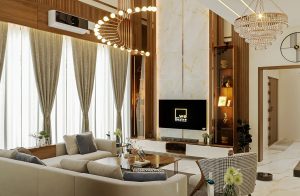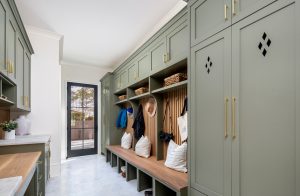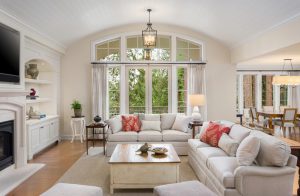How To Choose Custom Furniture For Your Home
Identifying your needs is the first step in the custom furniture journey. Consider the specific dimensions of your space and how the furniture will be used. Measuring areas accurately ensures that the pieces will fit seamlessly within your home. This attention to detail helps avoid common pitfalls associated with purchasing standard sizes that may not suit unique layouts.
Material selection plays a crucial role in custom furniture design. Various options exist, from hardwoods to metals and fabrics. Choosing durable materials can enhance longevity while reflecting your personal style. Researching different finishes and textures can also help in making informed decisions. Sustainable materials are increasingly popular, offering both aesthetic appeal and environmental benefits.
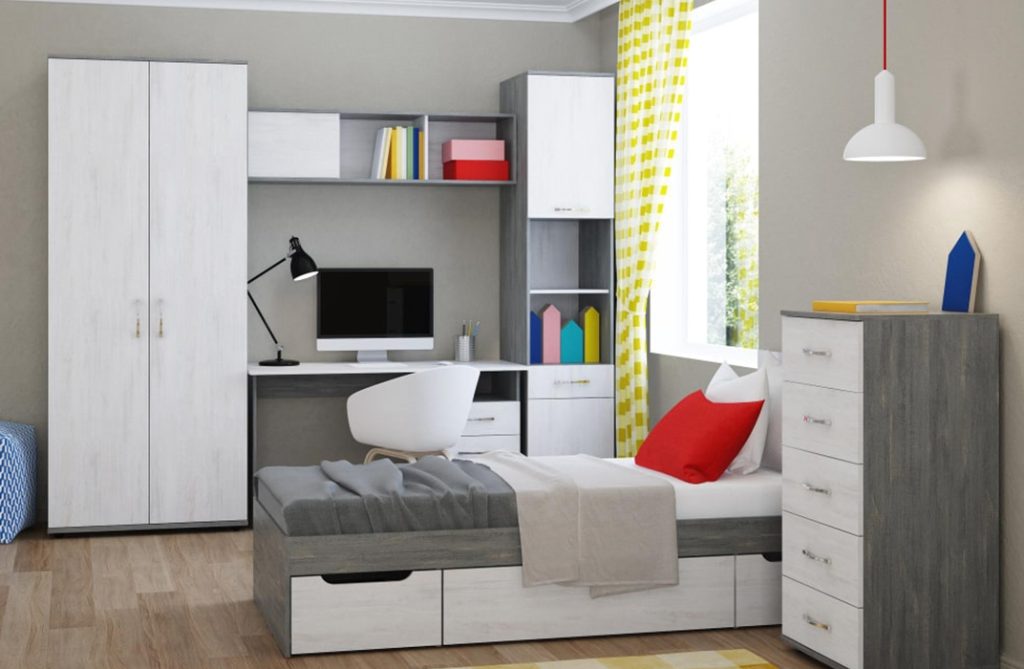
Collaborating with skilled artisans or furniture makers is essential for achieving the desired outcome. Finding a reputable craftsman who understands your vision can make the process smoother. Engaging in open communication about your preferences, budget, and timeline is vital. A good artisan will provide valuable insights and suggestions while respecting your ideas.
Design flexibility is one of the most appealing aspects of custom furniture. You can choose everything from the shape and size to the color and finish. This level of personalization allows you to create pieces that align perfectly with your home’s decor. Whether opting for a modern minimalist design or something more traditional, the possibilities are virtually limitless.
Considering functionality is equally important. Custom furniture can be designed to serve multiple purposes, maximizing space in smaller homes. For instance, a custom-built sofa can incorporate hidden storage or transform into a bed for guests. This versatility not only enhances practicality but also contributes to a clutter-free environment.
Incorporating unique features can set your custom furniture apart. Think about elements like built-in shelving, integrated lighting, or distinctive hardware. These additions can elevate the overall design and provide added functionality. Custom pieces can also reflect personal stories or memories, making them meaningful additions to your home.
Budgeting for custom furniture is an essential aspect of the process. While custom pieces can be more expensive than off-the-shelf options, investing in quality often pays off in the long run. Understanding the costs associated with materials, craftsmanship, and design can help in making informed decisions. Setting a realistic budget allows for flexibility while ensuring that your vision can be realized.
Visualizing the final product can be challenging but is crucial for success. Many artisans provide sketches or 3D models to help clients envision the finished piece. This step allows for adjustments before production begins, ensuring that the final product aligns with your expectations. Being proactive in this phase can prevent costly alterations later on.
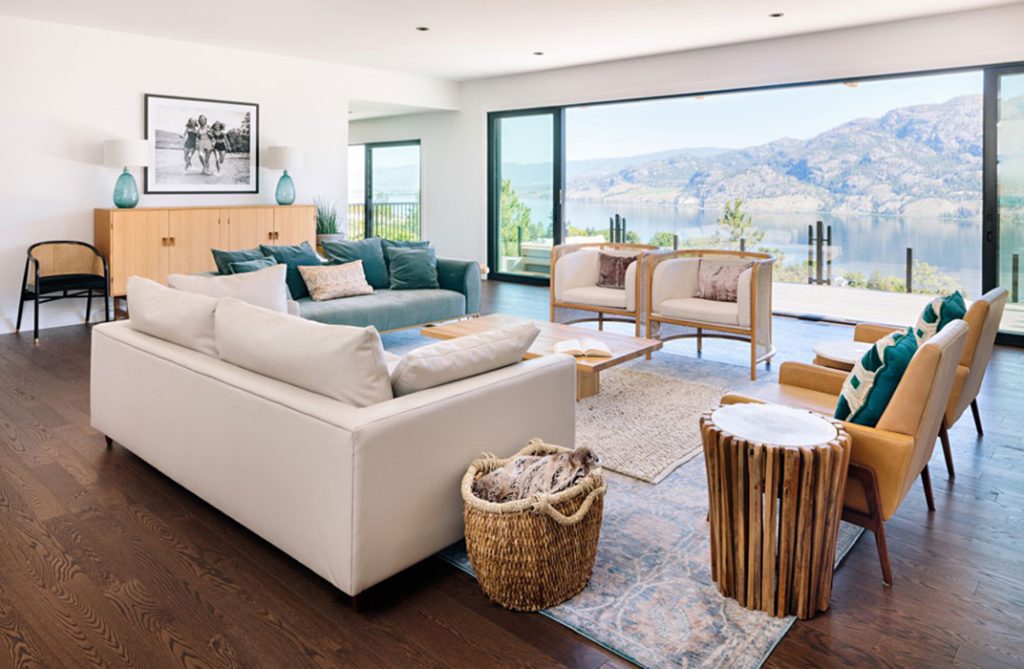
Exploring various styles and inspirations can also enhance the custom furniture selection process. Visiting showrooms, browsing online galleries, or attending design exhibitions can provide fresh ideas. Keeping a collection of images or samples that resonate with your vision can serve as a valuable reference during discussions with artisans.
Choosing custom furniture offers a unique opportunity to create a living space that truly reflects your personality and lifestyle. By considering your needs, collaborating with skilled craftsmen, and focusing on design and functionality, you can achieve pieces that enhance both the beauty and utility of your home. This thoughtful approach to furniture selection can transform your space into a personalized sanctuary that meets your every requirement.


